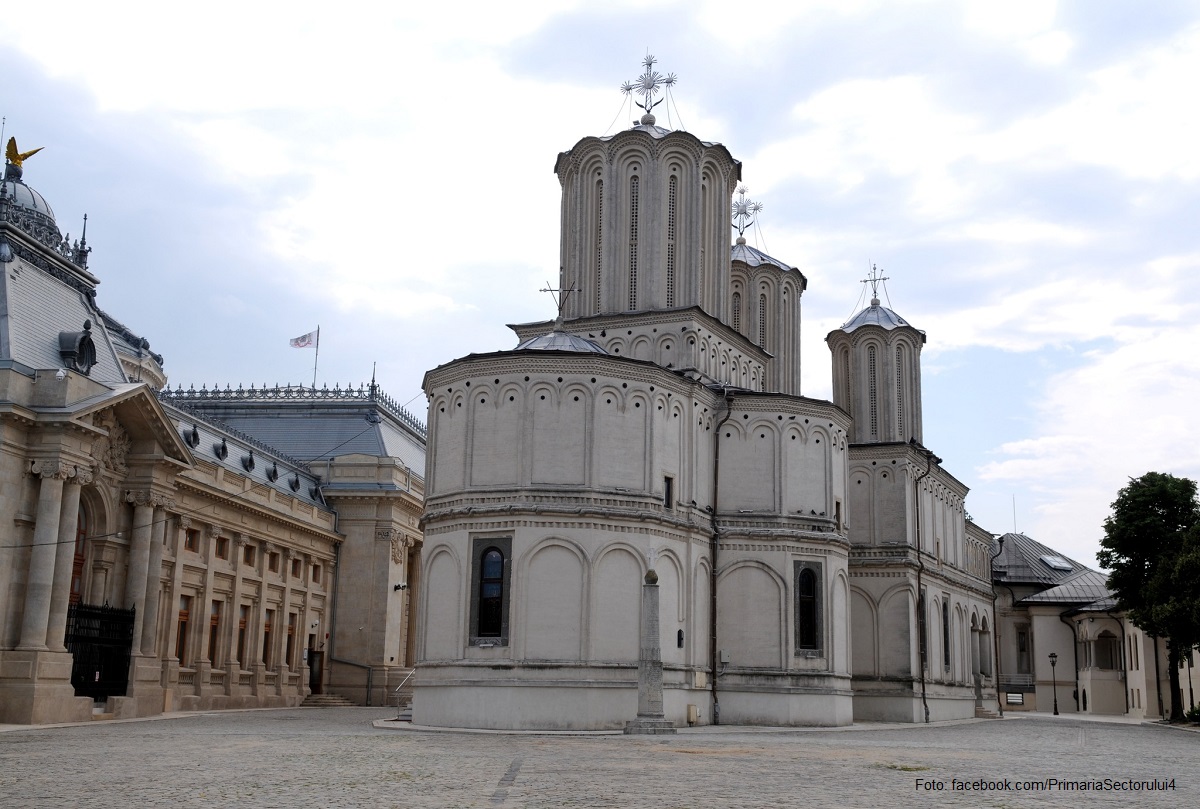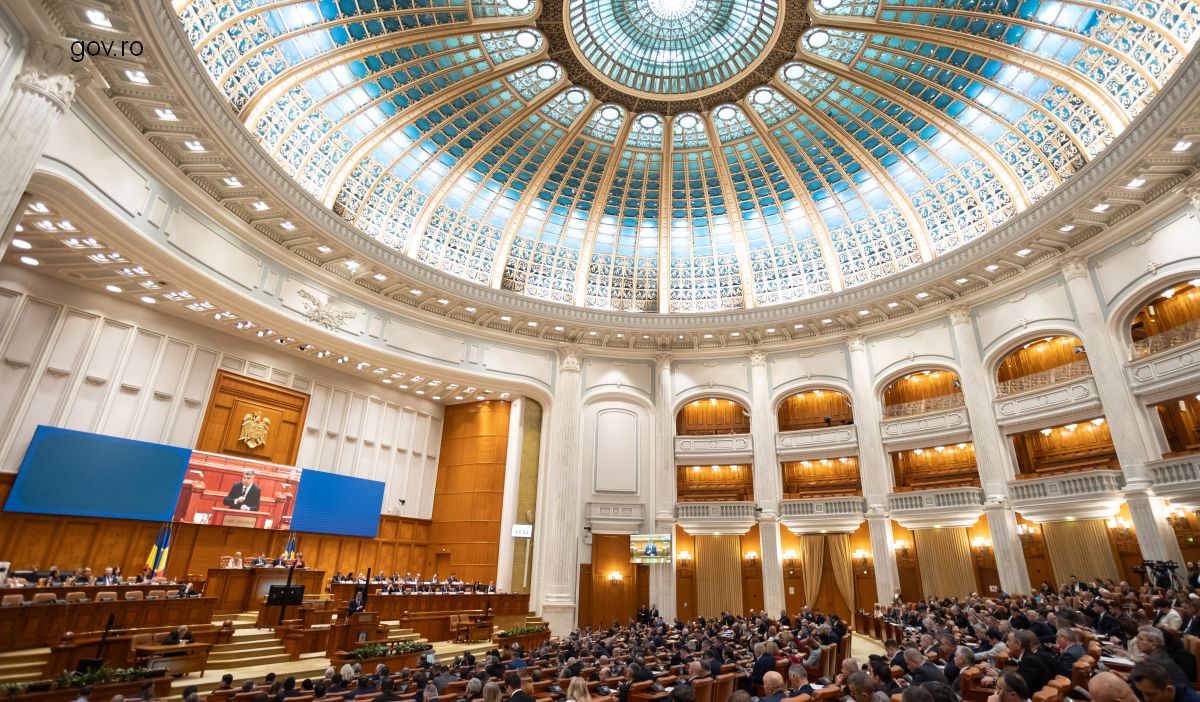Romanian Patriarchate celebrates a century of existence
The Romanian Orthodox Patriarchate marks 100 years of existence

Bogdan Matei, 04.02.2025, 13:50
On February 4, the Romanian Orthodox Church (BOR) celebrates a century since it became a Patriarchate. The idea of elevating it to the rank of patriarchate had appeared a few decades earlier, after the Church had become autocephalous, in 1885, but it only materialized after the Great Union of 1918, when it totaled 14 million believers and had five metropolitanates and 18 dioceses in its subordination. Then, at the end of World War I, the provinces with a majority Romanian-speaking population occupied by the neighboring Tsarist and Austro-Hungarian Empires, Bessarabia (east), Bukovina (northeast), Transylvania (center), Banat, Crişana and Maramureş (west), united under the authority of Bucharest. In addition to the communion of ethnicity, culture and language, these provinces were also tied to the motherland by the majority Orthodox faith. The founding document of the Romanian Orthodox Patriarchate, read out in a meeting of the Synod on February 4, 1925 and unanimously approved by its members, was later adopted by the Romanian Parliament. Also in February, the law and the organizational statute of the Romanian Orthodox Church were promulgated, based on which Metropolitan-primate Miron Cristea was named Patriarch. Cristea sent letters of notification to the Ecumenical Patriarchate and the other affiliated Orthodox churches. Ecumenical Patriarch Basil III issued the act of recognition of the Romanian Patriarchate on July 30, 1925, and the enthronement ceremony took place on November 1 the same year.
Marking a centenary since its establishment in 2025, the Romanian Patriarchate this year has canonized 16 new saints. They are clergymen and theologians who distinguished themselves especially by professing their faith during the atheist communist regime, installed in power by the Soviet occupation forces, and eventually died in their prisons. Three of the 16 are born in Bessarabia, the eastern Romanian territory annexed in 1940 by the Stalinist Soviet Union, the present-day territory of the Republic of Moldova. In fact, the Romanian Patriarchate reactivated its Metropolitanate of Bessarabia in 1992, just one year after the disintegration of the USSR, and numerous citizens of the neighboring republic are officially part of the Romanian Orthodox Church.
The Synod also supports the establishment of the Romanian Orthodox Church in neighboring Ukraine, home to over 400 thousand Romanians, most of them inhabiting the borderlands, in northern Bukovina, northern and southern Bessarabia and the Hertsa Region. There are also millions of Romanian Orthodox believers in the diaspora in the West (in Western Europe and North America), spiritually shepherded in their parishes by Romanian priests. In the last census conducted in Romania in 2021, nearly 16.4 million people declared their confessional affiliation. 85.3% of these said they were Orthodox, 4.5% Roman-Catholic, 3% associated themselves with the Reformed Church, and 2.5% with the Pentecostal Church. 0.7% of Romanians said they were Eastern-Catholic Catholic. 0.9% of those surveyed described themselves as either atheists or agnostics. (VP)






























